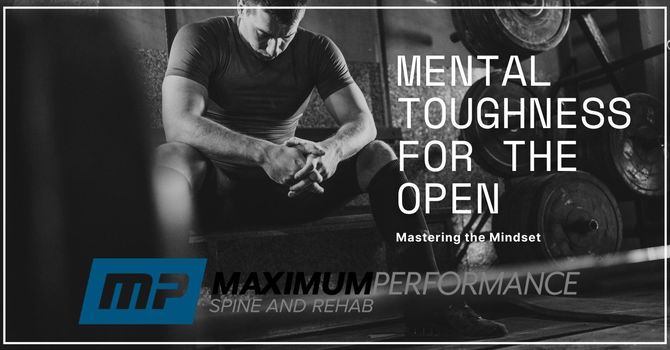
The CrossFit Open isn’t just about strength—it’s about sustaining energy through high-intensity workouts. Whether it’s an AMRAP or a chipper, improving your endurance will help you maintain pace and dominate your WODs. Here’s how to build a rock-solid aerobic base while balancing intensity and recovery.
Understand the Energy Demands
Endurance in CrossFit combines aerobic capacity (sustained energy) and anaerobic power (short bursts of energy). Most Open WODs challenge both systems, so your training should reflect that balance. Focus on:
Aerobic Base Training: Build stamina for longer workouts.
Anaerobic Intervals: Improve your ability to push through intense, short bursts with max effort.
Incorporate Aerobic Conditioning
Longer, steady-state workouts at 60-70% of your maximum effort help build an aerobic base.
Zone 2 cardio: A slow, steady pace that allows you to breathe through your nose. You should be able to hold a pace so that you can talk with ease. Shoot for a time around 20-30 minutes. This is something that is great to add on at the end of a workout. You can jog, walk, row, or hop on the bike. Just make sure your heart rate stays around 60-70% of your maximum heart rate. To find your own heart rate zones, click here.
Building this foundation enhances your ability to recover quickly during high-intensity WODs.
Add Interval Training for Power
Intervals mimic the intensity of CrossFit WODs, combining work and recovery periods. Examples:
EMOM (Every Minute on the Minute): Alternate between rowing, burpees, and rest for 10-15 minutes.
Tabata Workouts: 20 seconds of work, 10 seconds of rest for 8 rounds of a single movement like assault bike sprints.
1:1 Work-to-Rest Intervals: Push hard for 1 minute, then rest for 1 minute.
This type of training builds your capacity to recover and push through when fatigue hits.
Optimize Your Pacing
Pacing is crucial for Open WODs—going all out from the start often leads to burnout. Practice:
Negative Splits: Start at a controlled pace and increase intensity as the workout progresses.
Breathing Techniques: Maintain controlled breathing to manage heart rate during longer efforts. This would look something like during a heavy barbell workout, doing a rep, dropping the barbell, taking 3 controlled breaths, and returning back to the barbell. Or taking a second or two to breathe while cycling between movements.
Recovery is Key
Endurance training can take a toll on your body. Prioritize recovery with:
Active Recovery Days: Light movements like yoga or walking to keep blood flowing.
Nutrition: Refuel with a balance of carbs, protein, and fats post-workout.
Mobility Work: Stretch and foam roll to improve flexibility and reduce soreness.
Endurance Equals Longevity
Improving endurance is about more than just surviving a WOD—it’s about thriving under pressure. By balancing aerobic and anaerobic training, pacing effectively, and focusing on recovery, you’ll be ready to tackle any workout the Open throws your way.





